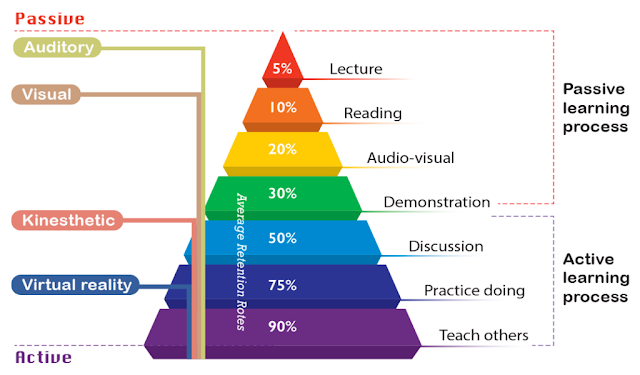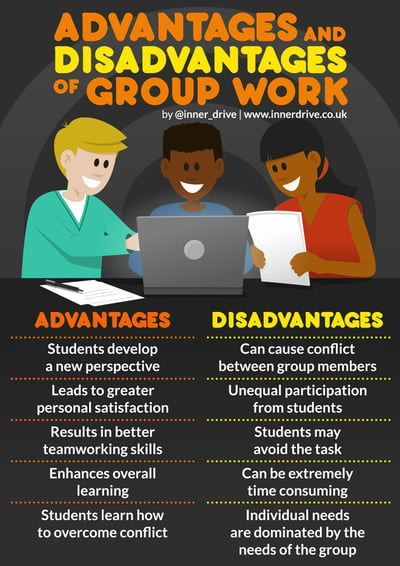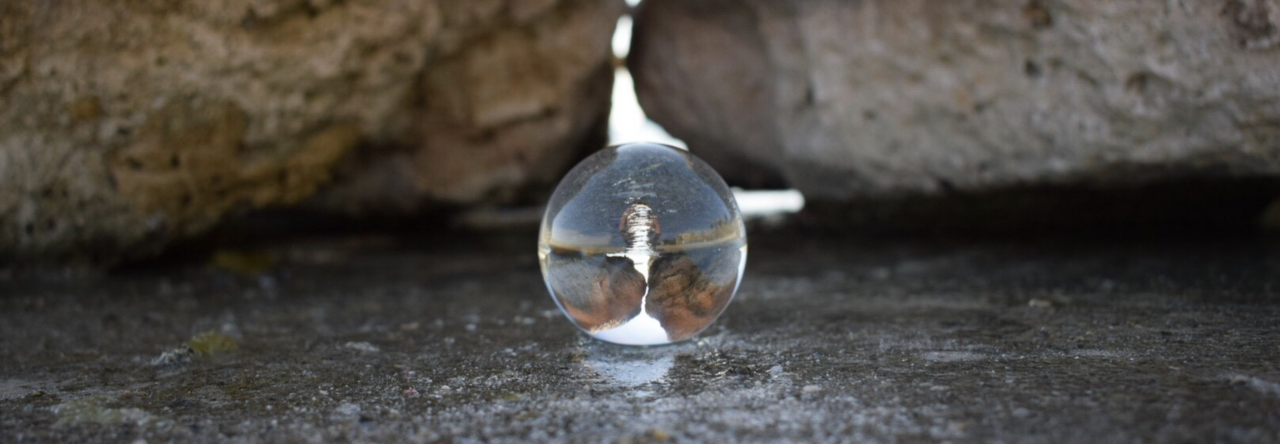This week we learned about active and passive learning. To set the stage, active learning is when students actively engage with the course material, whereas passive learning is when the student is responsible for absorbing all the material themselves (Mathers, 2017).
In the reading “To Learn, Students Need to DO Something” by Jennifer Gonzalez (2018), various issues about students actively learning in classrooms were presented. One overarching issue that was presented throughout this reading was that teachers forget to incorporate tasks for students to meaningfully process and apply the material (Gonzalez, 2018). However, there were various other issues that were causing this issue, such as the amount of documentation teachers are required to complete, the cycle of test taking, and the lack of time allotted for teachers to prepare a lesson (Gonzalez, 2018). To combat these issues, Gonzalez suggested activities to enhance the use of active learning. These suggestions included sorting, kinesthetic, work, discussion, graphic representations, writing to learn, mini projects, anticipation, guides, quality, note-taking, retrieval practice, and collaboration (Gonzalez, 2018). Many activities were suggested; therefore, I will only address a few that I found particularly interesting and would like to implement in a classroom someday.

First, I find kinesthetic work to be an exciting activity to use with students. Kinesthetic work can range from doing short skits to creating visual representations of the material, such as models out of Play-Doh or popsicle sticks. An example of this work I have experienced throughout my education is building models of buildings or bridges. For example, when I was in middle school, we completed a unit on monumental buildings throughout the world, and as our final project, we were tasked to create a model representing this structure. My monumental building of choice was the twin towers in New York City; therefore, I created a large model of the twin towers and surrounding buildings. Creating this model, I had to research what each part of the twin towers was used for to label them. Overall, this activity increased my overall knowledge and understanding of the twin towers! It was a very fun and effective active learning experience.
Second, group discussion is a very meaningful way to actively learn the material from one another. Group discussion is a way in which I find I learn best, and it’s very easy for teachers to implement in a classroom. For example, to use group discussion as an activity for active learning, teachers simply need to give students discussion prompts and tell them to discuss for a few minutes. It is a very quick and easy activity to implement in a classroom; however, it could be difficult to grade. To easily grade a discussion, the teacher could simply give completion or participation marks rather than grades on the content of the discussion. Another way to easily grade a discussion is to have the group write a summary of what was discussed. Overall, a discussion is a powerful and meaningful tool to enhance active learning.

The last strategy Gonzalez (2018) presented in her article that I will discuss is retrieval practice. Retrieval practice is when students are asked to recall information to help them increase their understanding. Retrieval practice is relatively easy to implement in a classroom, as an instructor can do so by asking lots of questions. In a lesson plan, it’s really important to include the types of questions you will ask so that you won’t forget to ask them. Questions are an essential and important part of learning as it helps guide student learning, show students what they are expected to know, and help the teacher judge how well their students are learning the material. There are many ways retrieval practice can be built into a lesson, and questions it’s just one of them. Teachers can also plan activities, such as review activities to complete at the beginning of one class to review the material that was presented in the last class. In fact, this is a strategy that I have used in my past teaching experiences. I find that retrieval practice helps solidify student learning, so they feel confident with the material.
Overall, active learning strategies are vital for meaningful and effective student education.
I hope you enjoy 🙂
Amelia
References
Mathers, B. (2017). Wikipedia – Active vs Passive learning.https://bryanmmathers.com/wikipedia-active-vs-passive-learning/ CC-BY-ND (images for Active/Passive Learning interactivity)
Gonzales, J. (2018). To learn, students need to do something. Cult of Pedagogy. Retrieved October 30, 2022, from https://www.cultofpedagogy.com/do-something/
